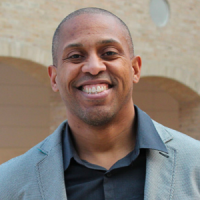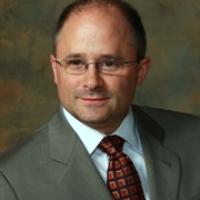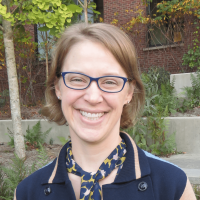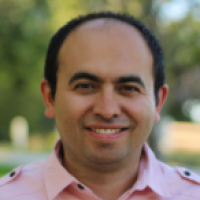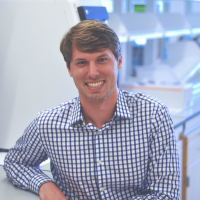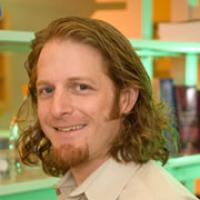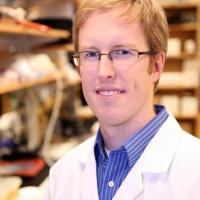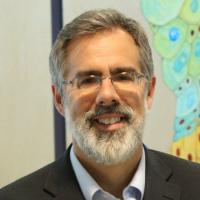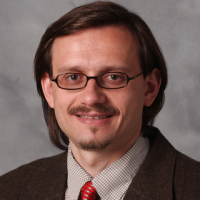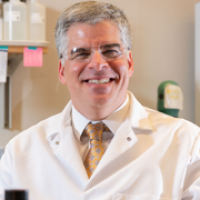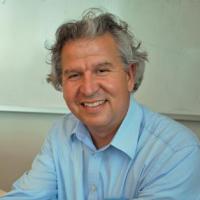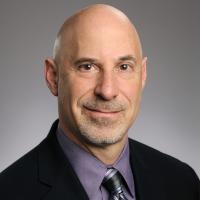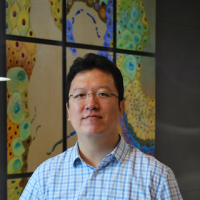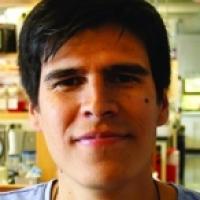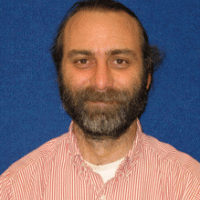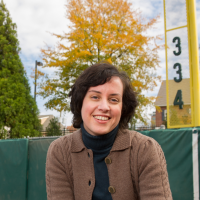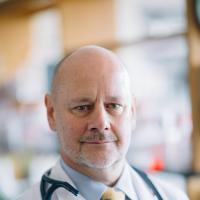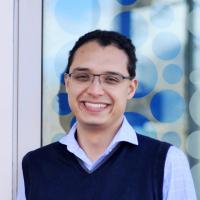Regenerative Medicine
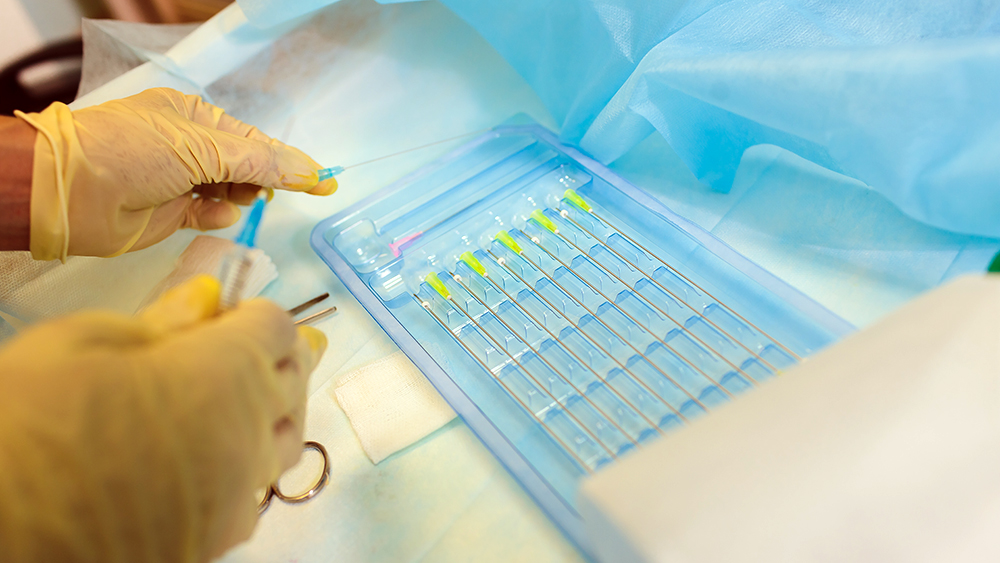
The promise of regenerative medicine is truly remarkable. Over the last two decades, significant breakthroughs in understanding within the regenerative medicine and tissue engineering fields have yielded a more intimate understanding of the functioning of human tissue.
In the future, new technologies may deliver islet cells for diabetes, neural regeneration for spinal cord injuries, and more substantial heart repair. In addition, as biology, bioengineering, and medicine continue to converge, the regenerative medicine field may succeed in building three-dimensional organs like hearts, kidneys, or livers.
Traditionally, researchers at The Petit Institute were focused on the replacement of tissues or growing cell-based substitutes outside the body for implantation into the body. However, as the field has evolved over the last decade, researchers have broadened their approach from a focus on tissue engineering to one that includes repair and regeneration.
The Petit Institute has over 40 investigators whose research is focused on the regenerative medicine field. Projects range from creating better techniques for wound repair to peripheral nerve regeneration. In addition, researchers at The Petit Institute are using advanced bioengineering methods to develop technologies that will facilitate the transfer of research in musculoskeletal biology and regenerative medicine for the treatment of wounded soldiers.





